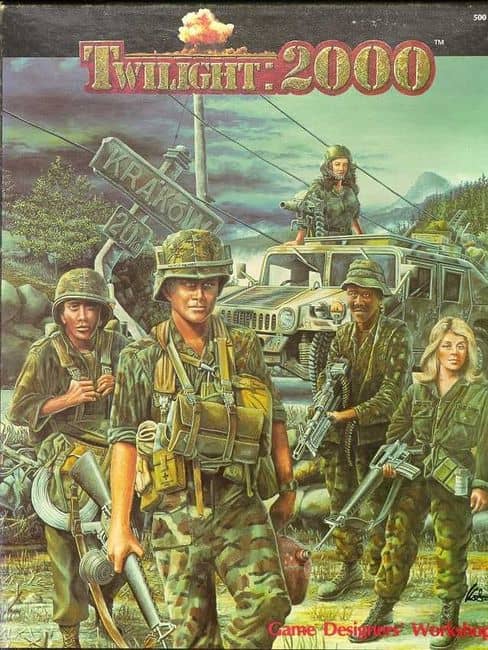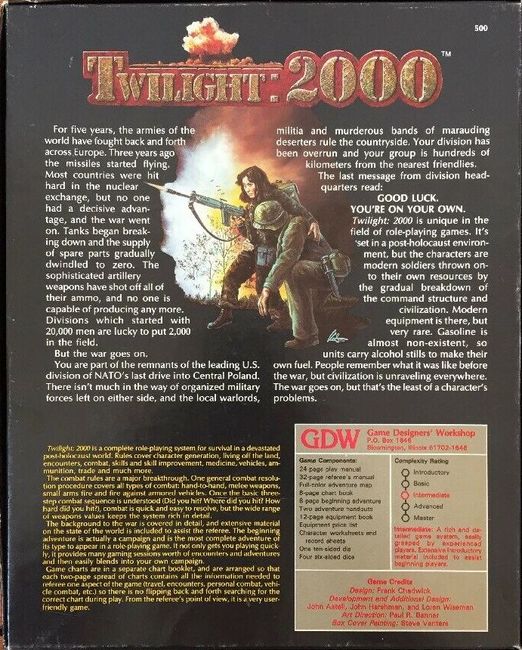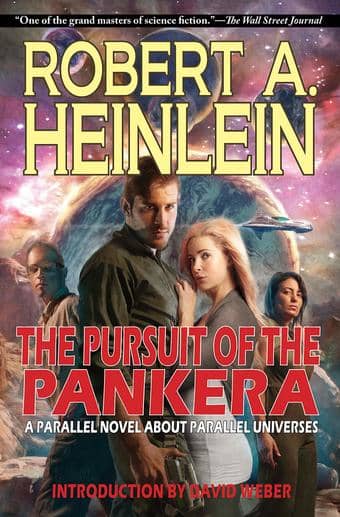A (Black) Gat in the Hand: Philip Marlowe – Private Eye (Boothe)
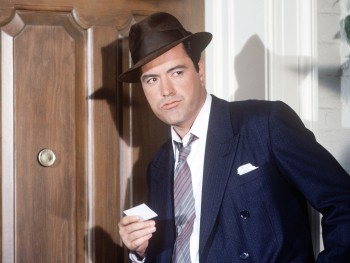 “You’re the second guy I’ve met within hours who seems to think a gat in the hand means a world by the tail.” – Phillip Marlowe in Raymond Chandler’s The Big Sleep
“You’re the second guy I’ve met within hours who seems to think a gat in the hand means a world by the tail.” – Phillip Marlowe in Raymond Chandler’s The Big Sleep
(Gat — Prohibition Era term for a gun. Shortened version of Gatling Gun)
In April of 1983, HBO aired the first episode of Philip Marlowe, Private Eye. Powers Boothe played Raymond Chandler’s world weary detective. I am a big fan of the movies which Dick Powell (Murder, My Sweet) and Humphrey Bogart (The Big Sleep) made from Chandler’s novels. But neither man played the character very true to the books.
Picking Iron (trivia) – Powell was a successful song and dance man when he was quite unexpectedly cast in Murder My Sweet. He nailed the part and it was the first of four hardboiled movies out of his next five: all good flicks. It allowed him to recreate his Hollywood career. It also made him perfect for the light-hearted, singing radio detective, Richard Diamond.
Season one covered five stories: “The Pencil,” “The King in Yellow,” “Finger Man,” “Nevada Gas,” and “Smart Aleck Kill.” Season Two returned in 1986 with six more episodes: “Blackmailers Don’t Shoot,” “Spanish Blood,” “Pickup on Noon Street,” “Guns at Cyrano’s,” “Trouble is My Business,” and “Red Wind.”
Philip Marlowe made his first appearance in The Big Sleep, which was a novel cobbled together from several existing short stories. Marlowe was really a composite of previous detectives, such as John Dalmas and Carmody. It’s those stories, written mostly for Black Mask and Dime Detective, that were adapted for this series.
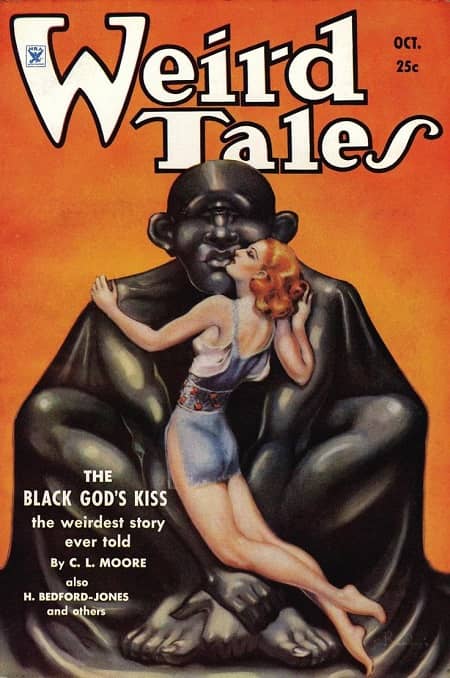
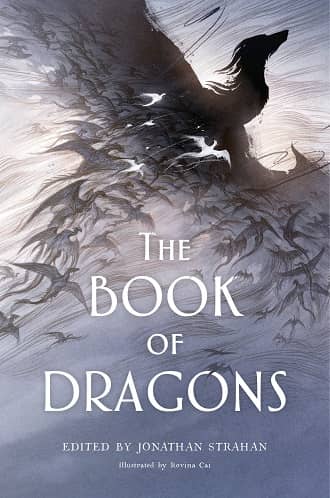
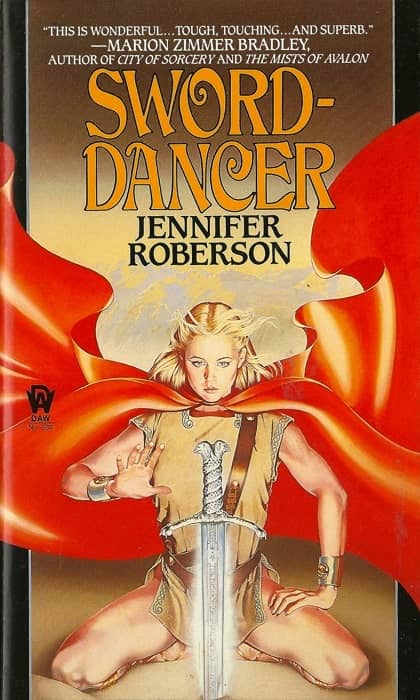
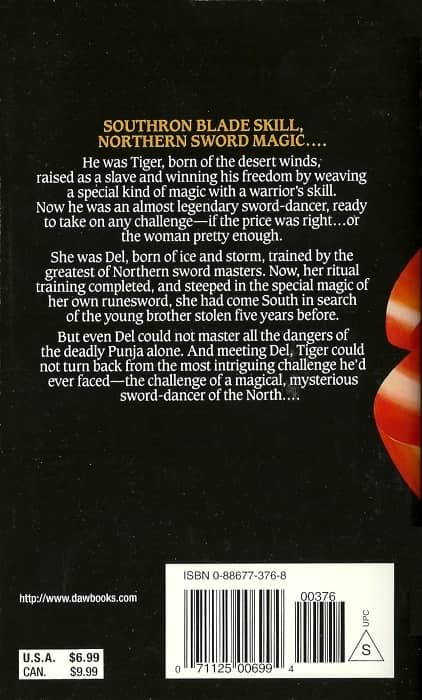
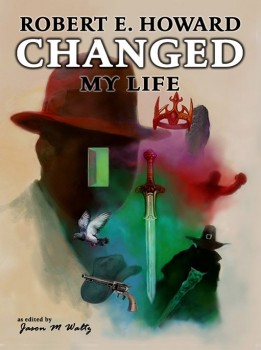
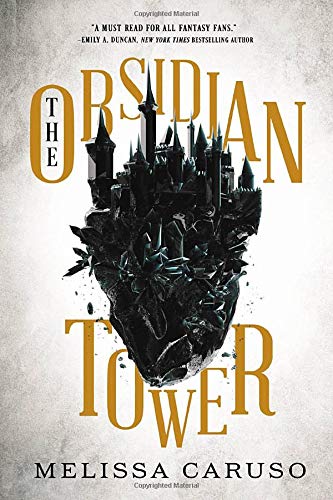

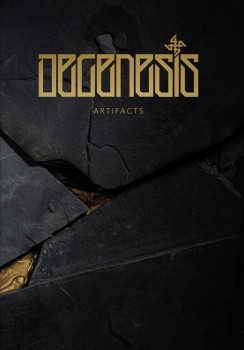 Degenesis, SixMoreVodka’s post-apocalyptic, Europe-and-North Africa-centered tabletop RPG, released its first rules expansion last month. Called Artifacts and featuring the new Degenesis black-and-gold look, it’s the first gaming supplement I’ve ever owned with gilt-edged pages.
Degenesis, SixMoreVodka’s post-apocalyptic, Europe-and-North Africa-centered tabletop RPG, released its first rules expansion last month. Called Artifacts and featuring the new Degenesis black-and-gold look, it’s the first gaming supplement I’ve ever owned with gilt-edged pages.